Every dog owner has probably experienced the clinginess of their furry friend at some point. While it’s heartwarming to be the center of your dog’s universe, it’s equally important to encourage independence and confidence in your pet. A confident dog is not only happier but also more adaptable to various situations. This article explores ten effective methods to help your dog become more independent, ensuring a balanced and fulfilling life for both of you.
Understanding Your Dog’s Needs
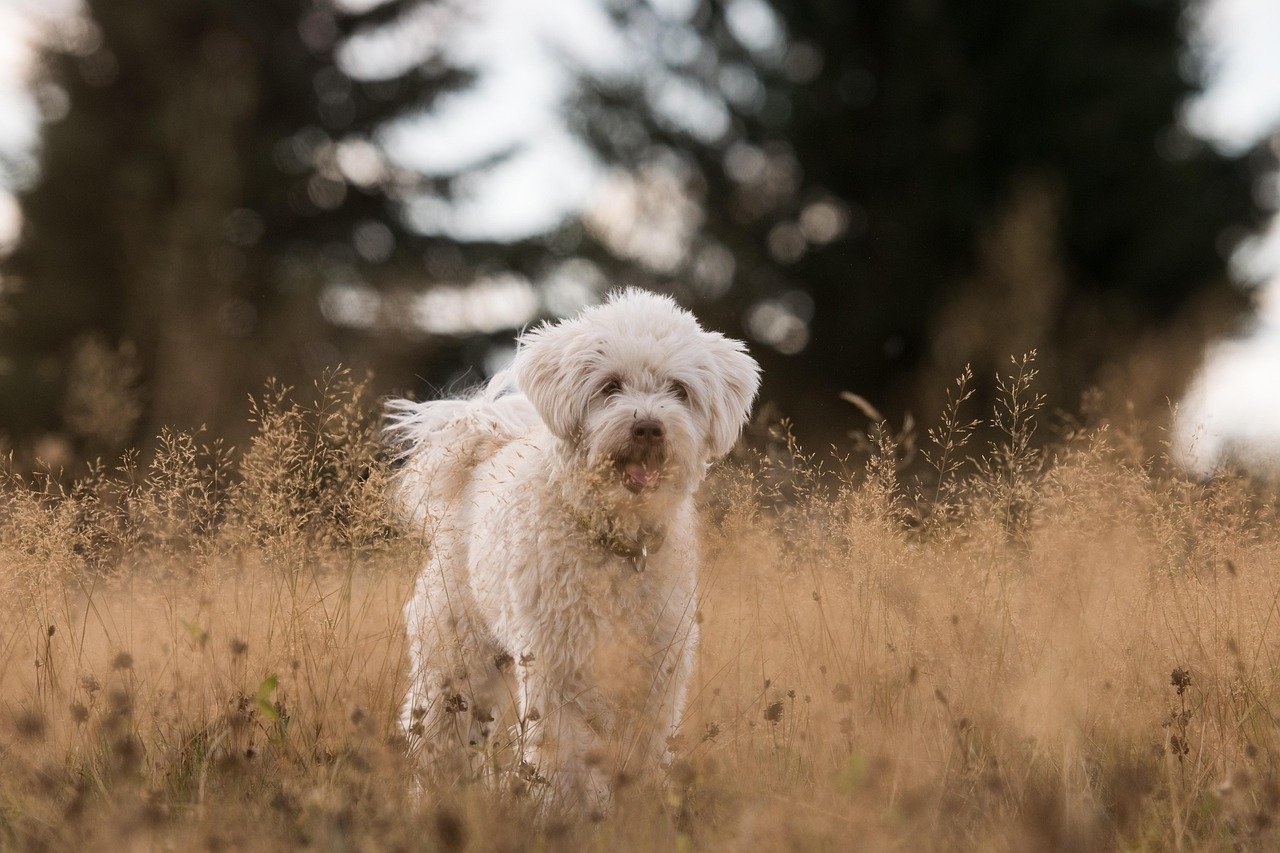
Dogs thrive on companionship, but some can become overly dependent on their owners, leading to anxiety and stress when left alone. Encouraging independence and confidence in your dog is key to their overall happiness and well-being. With the right training techniques, patience, and consistency, you can help your furry friend feel more secure in different situations.
Before diving into training techniques, it’s crucial to understand your dog’s unique needs. Each dog is different, much like humans, with their own set of fears and insecurities. Observing your dog’s behavior can offer insights into areas where they might lack confidence. This understanding forms the foundation for any training you undertake. It’s akin to knowing that a child struggles with math before enrolling them in extra classes.
Building a Safe Space
Creating a safe haven for your dog is one of the first steps in fostering independence. This could be a cozy corner with their favorite blanket or a crate where they feel secure. A designated space allows your dog to retreat when they need to be alone, promoting self-reliance. Just like humans need a quiet room to gather their thoughts, dogs benefit from having a personal space.
Encouraging Solo Play

While playing with your dog is essential, encouraging them to play alone can boost their confidence. Introduce toys that stimulate their mind, such as puzzle feeders or chew toys. These not only entertain but also challenge them, fostering problem-solving skills. Imagine giving a child a puzzle; they learn patience and determination, much like your dog with the right toys.
Gradual Separation Practice
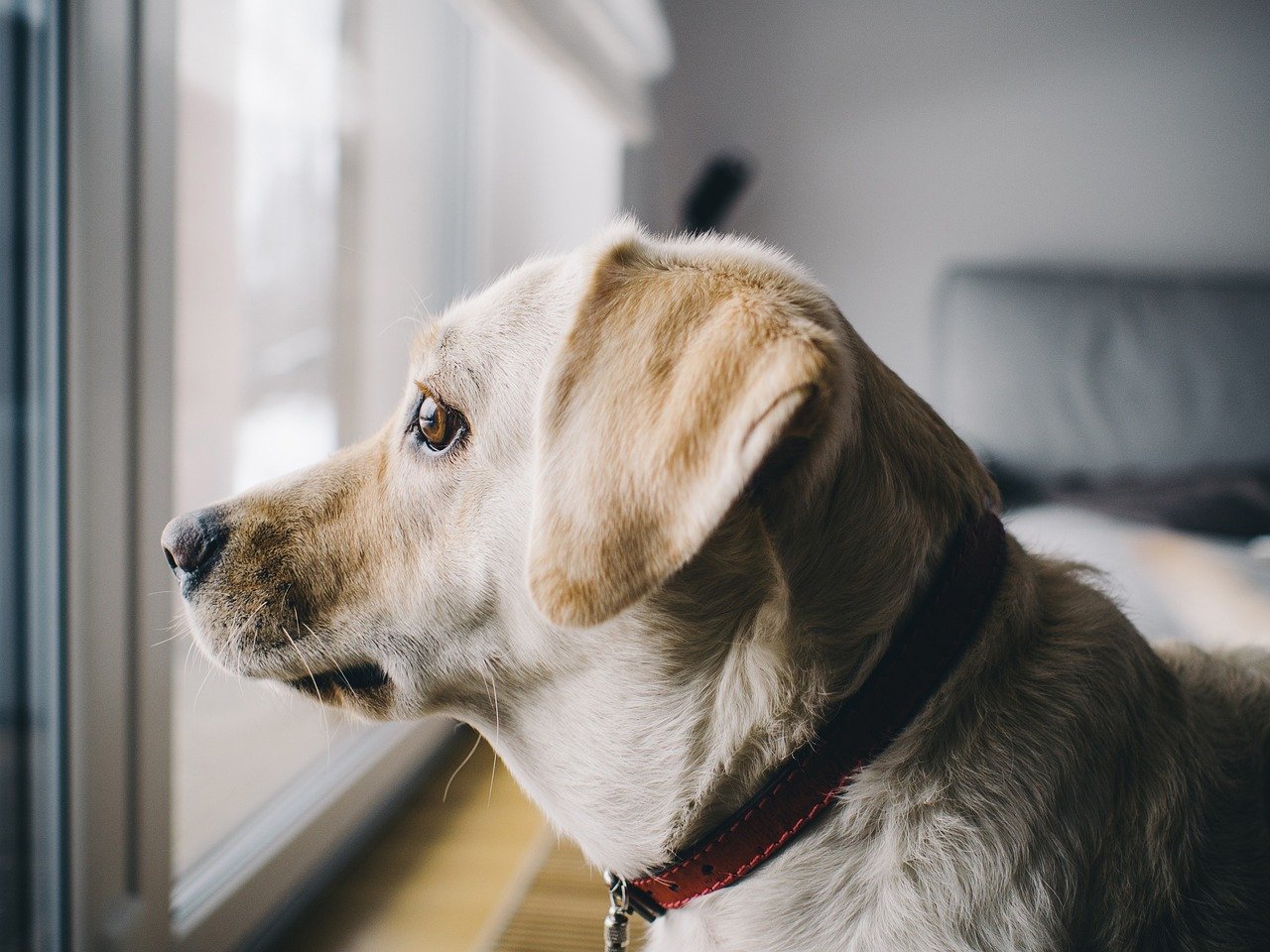
If your dog is overly attached, practice gradual separation. Start by leaving them alone for short periods and gradually increase the time. This teaches your pet that being alone is not something to dread. It’s similar to teaching a teenager to drive; you begin in a parking lot before hitting the highway.
Positive Reinforcement
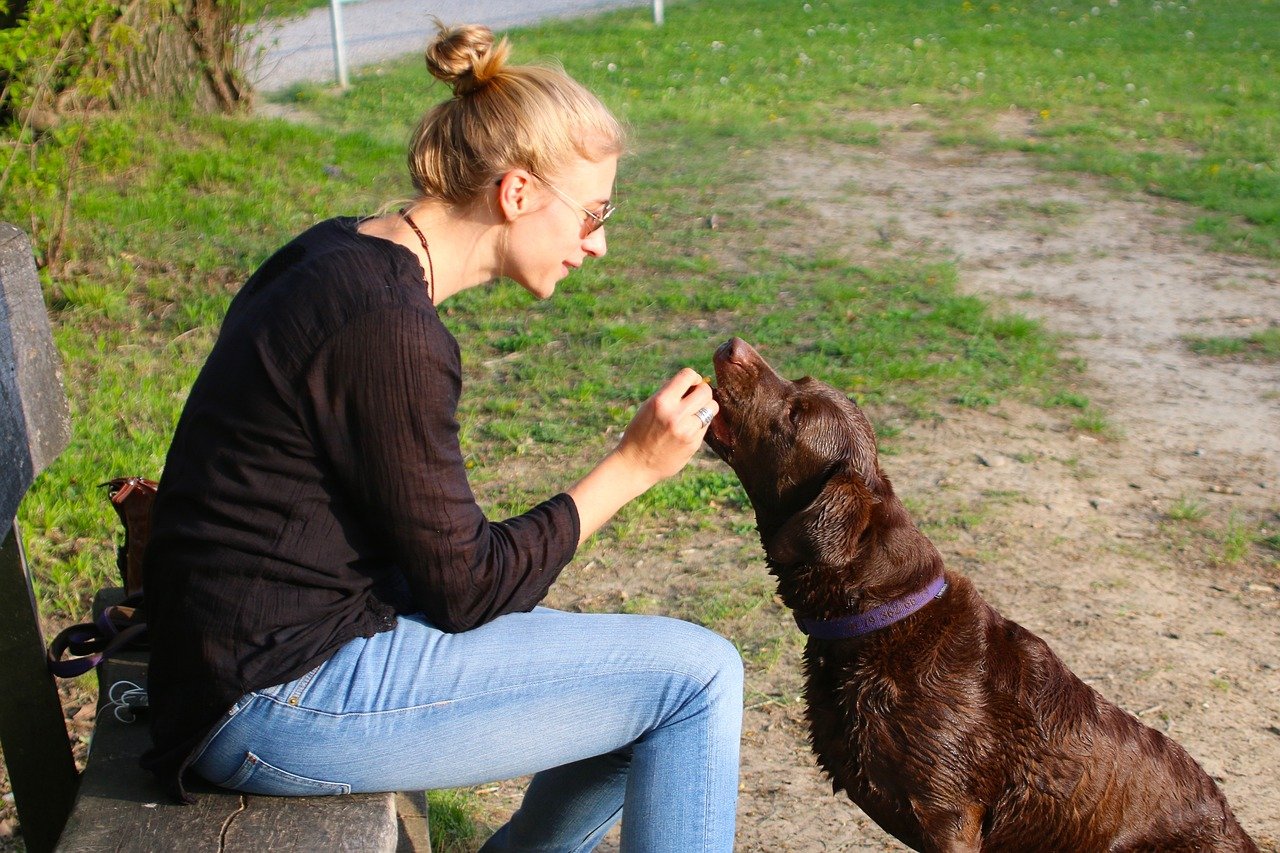
Rewarding your dog when they exhibit independent behavior can be a game-changer. Use treats, praise, or play to reinforce positive actions. Dogs, like people, thrive on encouragement. When they realize that independence leads to rewards, they’re more likely to repeat those behaviors.
Socialization with Other Dogs
Exposing your dog to other animals is a fantastic way to build confidence. Regular playdates or visits to the dog park can teach them social skills and reduce anxiety. It’s the canine equivalent of sending a shy child to school to make friends, helping them learn how to interact with their peers.
Engaging in New Experiences
Introducing your dog to new environments and experiences can significantly boost their confidence. Whether it’s a new walking route or a weekend getaway, these experiences teach adaptability. Think of it as taking a child on their first trip; the new sights and sounds intrigue and educate them.
Consistent Training Sessions
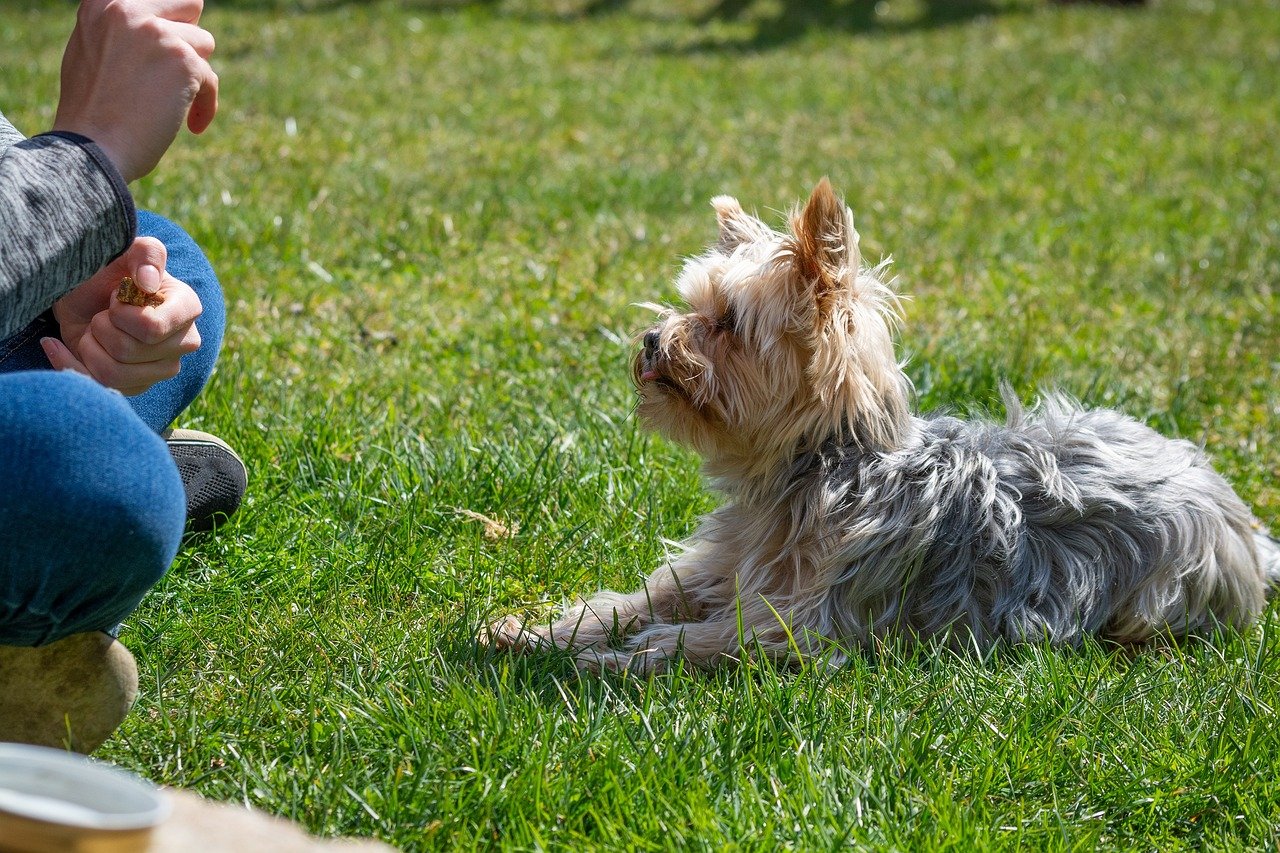
Regular training sessions are vital for fostering independence. Basic commands like sit, stay, or come can instill discipline and confidence. When your dog understands and obeys commands, it’s akin to a student acing a test, boosting their self-esteem.
Recognizing and Reducing Anxiety
Understanding the triggers of your dog’s anxiety is essential. Whether it’s loud noises or strangers, identifying these can help you manage and reduce stress. Calming techniques, like gentle music or a comforting touch, can work wonders. It’s much like a calming lullaby for a fussy baby.
Patience and Consistency
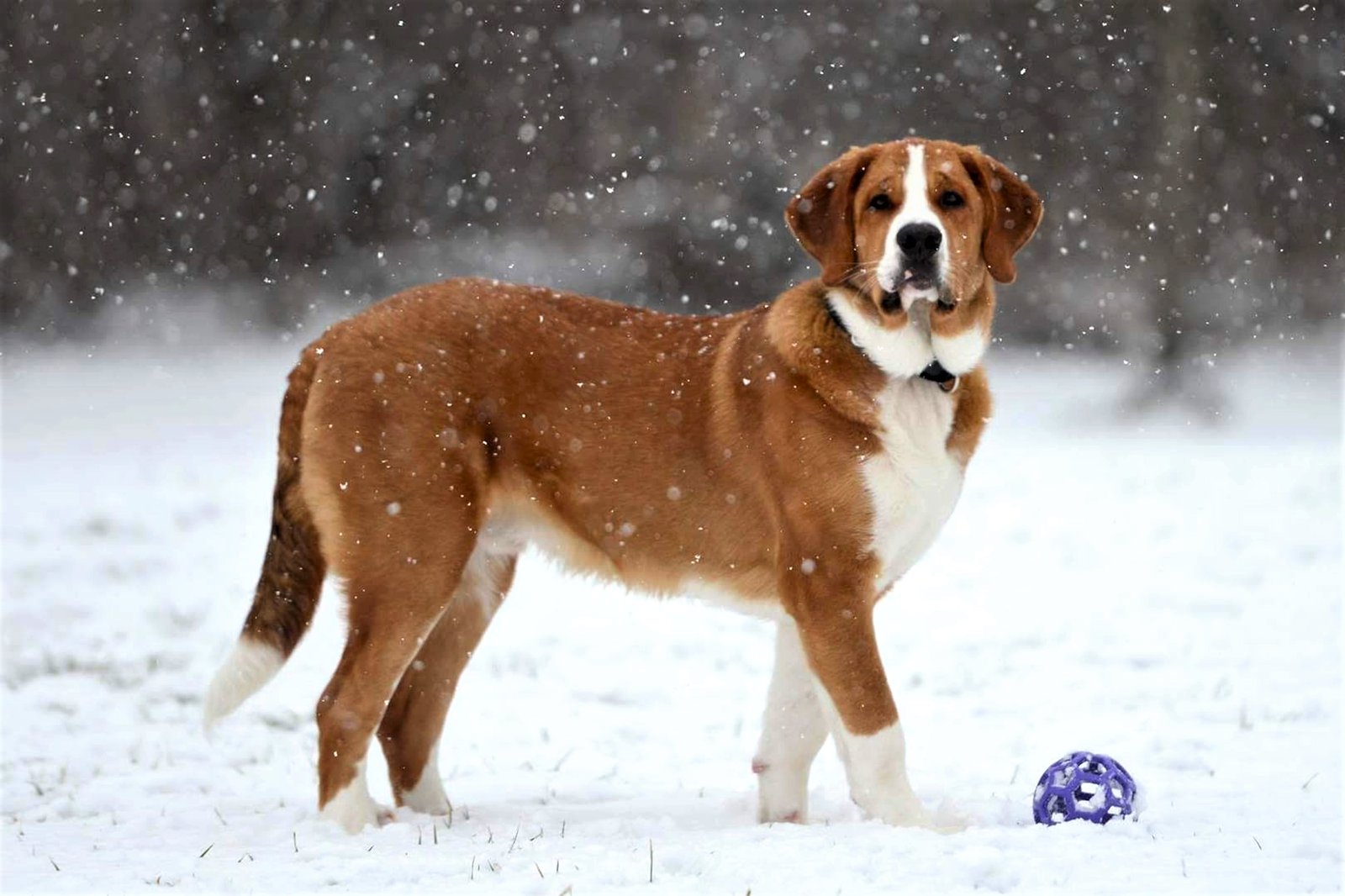
Perhaps the most crucial aspect of any training is patience and consistency. Training a dog to be independent doesn’t happen overnight. It requires dedication and a routine. Think of it as tending to a garden; with time, attention, and care, it will flourish beautifully.
By implementing these strategies, you pave the way for your dog to grow into a more independent and confident companion. With love, patience, and understanding, you can help your furry friend navigate the world with ease and assurance.

Alex is a born and raised Capetonian with a strong love for animals and the outdoors. She is a Third-year veterinary student at the University of Pretoria in South Africa. She also completed a BSc in Animal Science at Stellenbosch University, where her passion for working with animals only strengthened. She has always surrounded herself with animals and has been fortunate enough to work closely with them.






